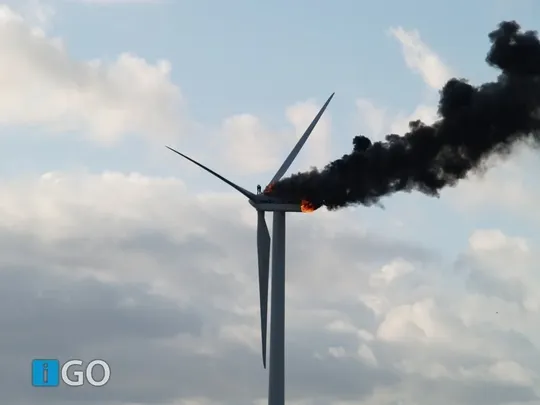I could also have titled this article “Where Is The Wind Blowing From?” because it seems things are not going as predicted many years ago.
Per data from uses.gov (United States Geological Survey), wind turbine towers are 60-75% produced domestically, hub components are 30-50%, and nacelle assemblies are over 85% domestic. Though it is unclear from the report where the components for the nacelles are coming from. More on that is below in the supply chain section.
66% – 79% of the windmills are made of steel, and lesser parts are made from fiberglass, resin or plastic (11%), iron (5-17%), and copper plus aluminum 1% or less.
We are always harping about the Chinese not doing enough for clean energy, yet in 2020, China beat everyone by a mile and then some when it came to new windmills. Their cumulative megawatts from wind is now 288,320, and number two is the USA, with 121,985. Germany, being half the size of Texas but with a population, roughly 4 times bigger than Texas, is number 3 with 62,850 megawatts. The Germans aren’t a great example, but at least they put their money where their mouth is.
The wind channel in the US is from North Dakota down to Texas Gulf Coast. This is where it’s windy compared to the rest of the US by a long shot (I know we all know that). Now Texas added more megawatts in the past few years than any other US area.
In 2020 the Nacelle assembly hit peak production, meaning it maxed out its manufacturing capacity and has been in a downtrend since projected to continue well into 2023. After 2023 it may pick up again, but not to the 2020 levels. This is because 2020 was the start of the covid dump, and its handling was to chop up supply chains across the planet by governments worldwide.
Additionally, wind turbine manufacturers’ earnings have declined since 2016. As a result, they were hammered in 2020, with Gamesa being the biggest loser and Vesta losing the least.
So where is the wind equipment coming from? China and India import the most, followed by Mexico, Spain, Brazil, and Germany. Most of that stuff is coming in through Texas ports (70% of all imports).
Supply Chain
China’s export capacity eroded during the corona dump. The country exercised some very strict lockdowns until the end of 2022. According to Wood Mackenzie’s report, this reduced the production by 10%-15%. Additionally, China ramped up domestic projects for wind power, which reduced their exports to the United States. Only 24% of their wind energy products were sent overseas.
Bearings are a crucial component of a Nacelle and China exports between 50%-64% overseas.

India’s portion of domestic demand is smaller. And therefore, Indias has a higher capacity to export its components. In comparison, in 2019 China exported 27% of its blades, while India exported 72%.
India benefited from the trade tussle between China and the USA; however, of note is the fact that China controls 60% of the global rare earth elements supply. This is no small part because a lot of that is needed in wind components and solar panels. Even if production is moving more and more to India or even the USA (unlikely), the elements to produce them must come out of China (and Russia, another big rare earth producer). Do we really want to start a war with China? Is it another brilliant idea out of Washington that will backfire? (No wonder the Department of the United States Geological Survey is not reporting on that.)
So, in summary:
- Wind Energy production is in decline due to supply chain issues.
- It peaked in 2020 and has been struggling since due to the corona dump and because China is using its manufacturing capacity for itself, not for others.
- China produces the bulk of rare earth elements that ANY producer of windmills will need.
- If any country attempts to replace China’s drop in manufacturing, it still will need raw materials from China.
- 70% of overseas windmill components are imported into the US through Texas.
- Texas is the number one US state expanding its windmill capacity. And it is center stage for the windmills in the midwest.
- Windmill projects are in decline and are projected to continue this decline until the end of 2023 when they will begin to recover slowly.
- Lack of profitability of windmill manufacturers since 2016 does not bode well for the future.
Put one more mess up on the line, and the production will drop further.


